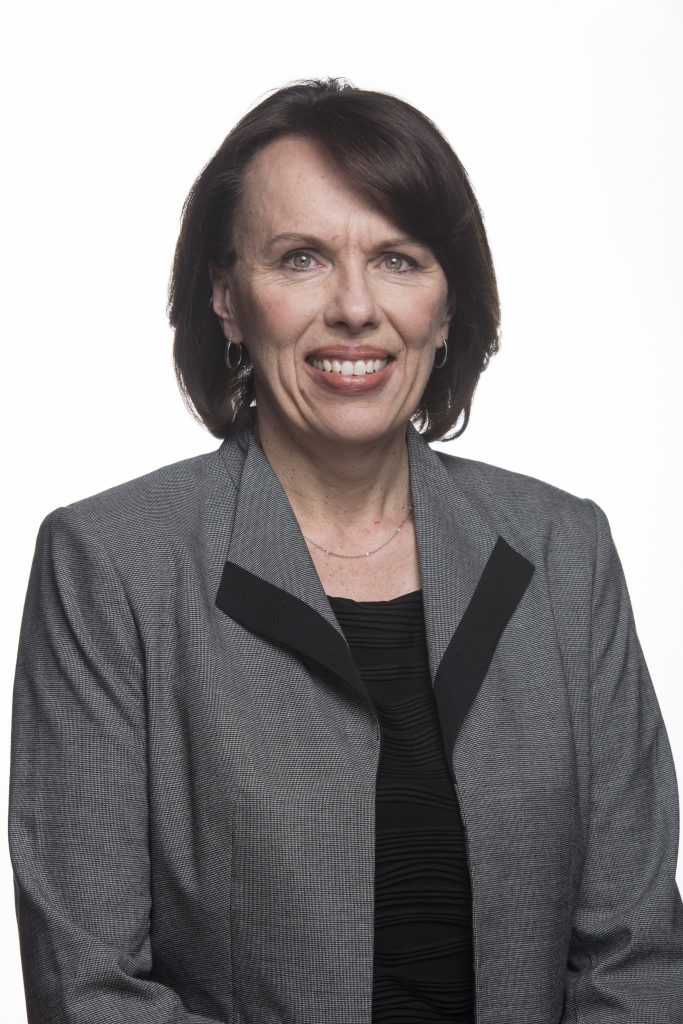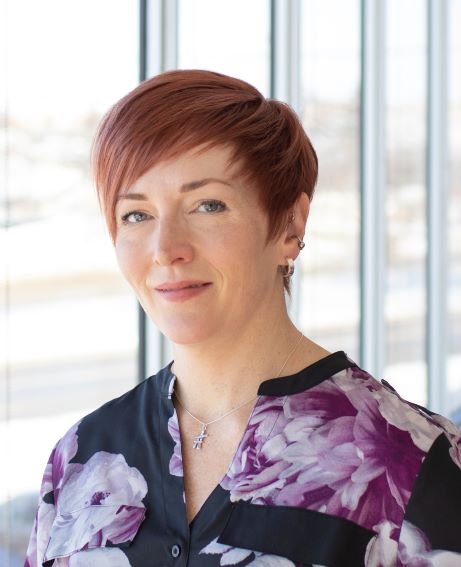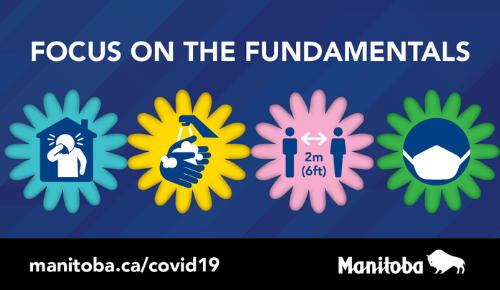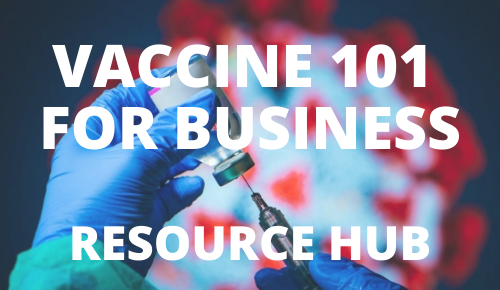With the ongoing COVID-19 pandemic, bringing staff back to the office is a huge question mark right now for many organizations. At CPHR Manitoba, we were interested to hear what our members were doing, so we asked a couple of our executive members:
- Is your workplace adopting a hybrid model?
- How do you protect, preserve, build engagement and culture in a highly distributed workforce?
- What about the “individualized workplace,” as in personal choice how and when we work?
Below are their responses.
Empowering our workforce through flexible work – Wawanesa’s Distributed Work Program
 Submitted by: Jodi Carradice, SVP & Chief People & Culture Officer, The Wawanesa Mutual Insurance Company
Submitted by: Jodi Carradice, SVP & Chief People & Culture Officer, The Wawanesa Mutual Insurance Company
This past summer, we redefined what the future of work will look at Wawanesa with the introduction of our Distributed Work Program (DWP).
Informed by our experience with remote work during the pandemic, our DWP will give over 90% of our people the freedom to choose where they want to work: from the office, from home, or a hybrid mix of time spent at both.
The program was announced in June and came into effect in mid-September. While we are still in the early phases of working under the DWP, there are a few key decisions we made at the outset that have served us well.
The choice must be real
We have carefully structured the DWP to make sure employees in flexible roles know the choice is theirs. To understand how we did that, it’s important to understand what we mean by “flexible roles.”
The DWP includes three specific role categories: office-only roles, proximity roles, and flexible roles.
- Office-only roles require the use of equipment or paper-based processes that require employees to be onsite to perform their roles five days per week.
- Proximity roles require significant in-person interaction with customers/brokers or periodic use of on-site equipment or paper-based processes to complete a task. For those employees, they’d be expected to live near the relevant work site(s) to be able to travel by ground within their “territory” or to the relevant Wawanesa office as much as necessary.
- Flexible roles are all other roles that do not fall under office-only roles or proximity roles. Flexible roles represent over 90% of Wawanesa’s workforce.
For employees in flexible roles and their leaders, we have been very clear: no justification will be needed for working flexibly and there will be no minimum amount of time required in the office. These employees can pick, and they will have the full support of their leader with their choice.
By structuring the program this way – and making the choice real for each person – we empowered our workforce to make the choice that was right for them. Among many positives, giving individuals this kind of control has enabled our people to bring a level of stability and predictability back into their work-lives through the pandemic.
Leading by example
We want our employees to feel enabled to work flexibly. To do that we are working to normalize and role-model this idea at all levels across our company and making sure there is the ability for people to join any meeting remotely.
While working remotely has been the norm for us since March 2019, to this day, I still regularly lead Town Hall meetings from my home office, and so do many members of our Executive Leadership Team.
Trust your employees
Throughout our experience of remote work during the pandemic, our workforce has remained focused on delivering excellent service to our customers and broker partners, no matter where they work. Our success in managing through the pandemic and delivering for customers has everything to do with the type of people who work for us and the quality of our leaders across the organization.
As a result, we made trust in our employees one of the core principles of the DWP.
Rather than monitoring peoples’ desk time or tracking their locations with remote-work apps, we trust our people to fulfill their roles, support our customers and live our values. By treating our employees as the responsible professionals they are, our workforce has greater flexibility to work how they want and this is translating into strong operating results.
A happy employee is an engaged employee, and an engaged employee is a productive one – our experience with remote work has proven this to be true.
We’re here to look after one another
As a mutual insurance company, Wawanesa understands our purpose is to look after one another.
The DWP is an example of how we are doing exactly that. By giving our employees a real choice about how they want to work, leading by example, and trusting our people to do the right thing, we have set an exciting new course for the future, one that positions us well to retain and recruit top talent.
While the DWP may evolve as the pandemic situation changes and as we learn more, we will continue to look after Wawanesa’s talented people who work so hard to look after our customers, broker partners and broader communities.
Payworks Hybrid Model
 Submitted by: Nicole Stewart, CPHR, SHRM-SCP, former Vice President, Human Resources, Payworks
Submitted by: Nicole Stewart, CPHR, SHRM-SCP, former Vice President, Human Resources, Payworks
At Payworks, we’ve adopted a hybrid work model. We value collaboration, culture and teamwork and we want to make sure all employees experience those things and that they continue to flourish at Payworks. At the same time, we want to provide a flexible work plan where employees can make decisions about where they work.
I recommend considering these 3 categories of needs when determining what hybrid work looks like in each area of your business:
-
-
- Our personal needs
-
- Our clients’ needs
- Our teams’ collective needs
While a hybrid model may look different by department, all Payworks employees have the ability to work from home or in the office on a schedule that works for them, their clients and their team.
How do you protect, preserve, build engagement and culture in a highly distributed workforce?
The pandemic has certainly made it challenging, yet not impossible, to preserve engagement and protect our culture. If I was to summarize what needed to happen succinctly, I would say that was: communication, connection and trust.
- We needed to get very intentional about communicating. We no longer had the luxury of the serendipitous connections at the water cooler or the hallways between meetings. We needed to intentionally schedule one on ones, host video fireside chats and town halls, and thoughtfully recognize what information needed to be shared and get creative about how we share it.
- So often an employee’s first response when asked, “What do you love about working here?” is “The people.” With all employees working independently in their kitchens, basements or home offices, we risked endangering those connections. One solution was scheduling a ZOOM call for anyone to attend called “the Breakroom.” During this recurring event we try to replicate all the things that may typically happen in the lunchroom with the added bonus that it includes employees from all across Canada.
- A key to protecting engagement and our culture was to navigate the pandemic together and make decisions based on trust. We recognize that it’s trust that builds relationships and strengthens us as a business. Working hard at strengthening our communication, plus recognizing and fostering our need for connection has aided us greatly in preserving engagement and a culture built on a strong foundation of trust.




